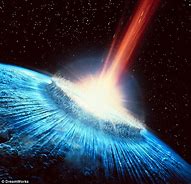
I consider post-apocalyptic books as a subgenre of science fiction. After all, some fairly science fiction things have to happen before the world goes apocalyptic: meteor strikes, nuclear war, zombies. But it’s such a specific category that I see it as a stand-alone so I usually don’t include them in a listing of favorite science fiction books. If I did, it’s all post-apoc all the time because, man, do I love ‘em. They appeal to my anarchist heart.
I don’t include dystopian novels because they are standard scifi. Face it, just about every scifi novel is dystopian to some degree, benign or no. I suppose that’s enough of a separate category to warrant its own list … we’ll see.
Without further ado, and in order of my regard:

10. Earth Abides, by George R. Stewart. This is the grandaddy of the post-apoc genre, the one that more or less started it all, if you ignore anything Wells and Verne did. Published in 1949 which is, wow, even before I was born, it is the virus-destroys-the-world type, and still holds up extremely well. It has one of the best endings of any novel in the genre, heck, of any novel in any genre.
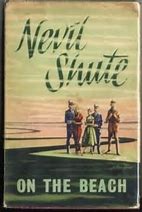
9. On the Beach, by Nevil Shute. Published in 1957, this is the first Australian contribution to this list. The American Navy submarine, Scorpion, which has survived a nuclear war joins the Australian Navy because Australia is about the last untouched place on earth. But not for long. This has one of the bleakest endings in all of literature, so be warned.
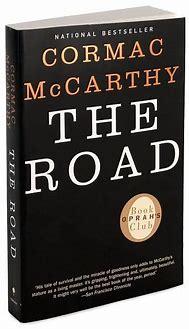
8. The Road, by Cormac McCarthy. I don’t know if this is post-apocalypse or straight up horror because this is one terrifying novel, far more than the terrifying movie made from it. The world-ending event appears to be some kind of environmental issue but McCarthy doesn’t dwell on it; he’d rather spend his time scaring the bejesus out of you.
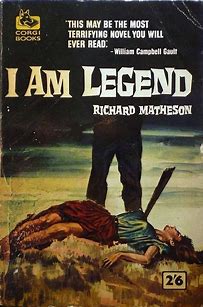
7. I am Legend, by Richard Matheson. Forget the silly Will Smith movie, this is a classic and rather stark vampire apocalypse novel published in 1954 that turns out downright poetic. Well, vampire-like apocalypse : these vampires are created by a virus, not a bite on the neck, but they certainly take on most of the characteristics such as sunlight avoidance and the need for human blood. Until they become something else. Incidentally, there is actually a pretty good movie version of this. No, not Omega Man, which is good in itself, but the Vincent Price movie The Last Man on Earth. Vampires as beatniks. Too cool.
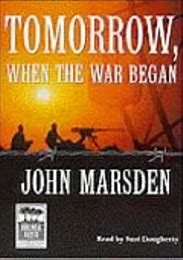
6, Tomorrow, When the War Began, by John Marsden. The second Aussie contribution to this list, it is essentially Red Dawn in the outback. A kids’ book, to be sure, but one brutally written with no punches pulled and quite hair- raising in places. It is the first book of a series that becomes increasingly more hair-raising. Wolverines! … er, Dingos?
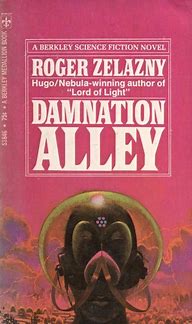
5. Damnation Alley, by Roger Zelazny. Probably more scifi than post-apoc, this is Balto after WW3. The world is a radioactive wasteland and Hell Tanner – yep, that’s his name- is given a choice: spend the rest of his life in prison or run a plague serum from LA to Boston. Easy peasey, right? Well, no, not with giant sandworms infesting the deserts … wait a minute, giant sandworms infesting the desert? A rather dreadful movie was made from this, but don’t watch it. Just don’t.
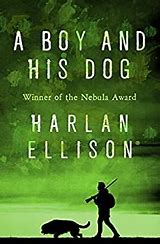
4. A Boy and His Dog, by Harlan Ellison. A rather excellent movie was made from this more novella-than-novel, but the source material is simply superior. Another post-WW3 radioactive hellhole, with ESP dogs.

3. The Stand, by Stephen King. Yeah, I know, I frequently rail against the master but give him his due, this is a masterpiece. It gets a bit odd towards the end and it is obvious King has no clue about religion, or maybe he does, but you expect a flaw or two in so massive a tome. And Randall Flagg, man, what a villain. Ignore all the film/TV adaptations, which actually aren’t that bad, and stay with the novel.
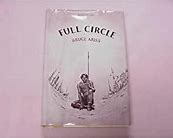
2. Full Circle, by Bruce Ariss. Very little known and almost impossible to find, this is a stunning take on the world after nukes. I snagged it out of a Bookmobile in 1968 or 1969 and it has remained with me. After the War of the Poisoned Lightning, American Indians reclaim the land and restore it. Then the white people show back up, from under a lake, as the T.O.A.D. people. I forgot what the acronym stands for, but it doesn’t bode well. Incidentally I lived in Monterey at the same time that Ariss was managing Cannery Row and I wished I had known that because I would have loved to talk to him about this.
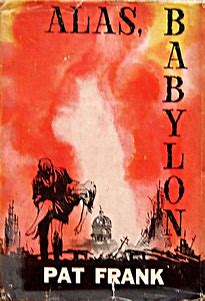
1. Alas, Babylon, by Pat Frank. The best post-apoc novel, hands down, and one I still remember scenes from quite vividly. It is, as best as I can figure, the first novel that shows the effects of nuclear war on the average schlub. Safety tip, don’t loot gold and silver from your local jewelry store. They could be radioactive.